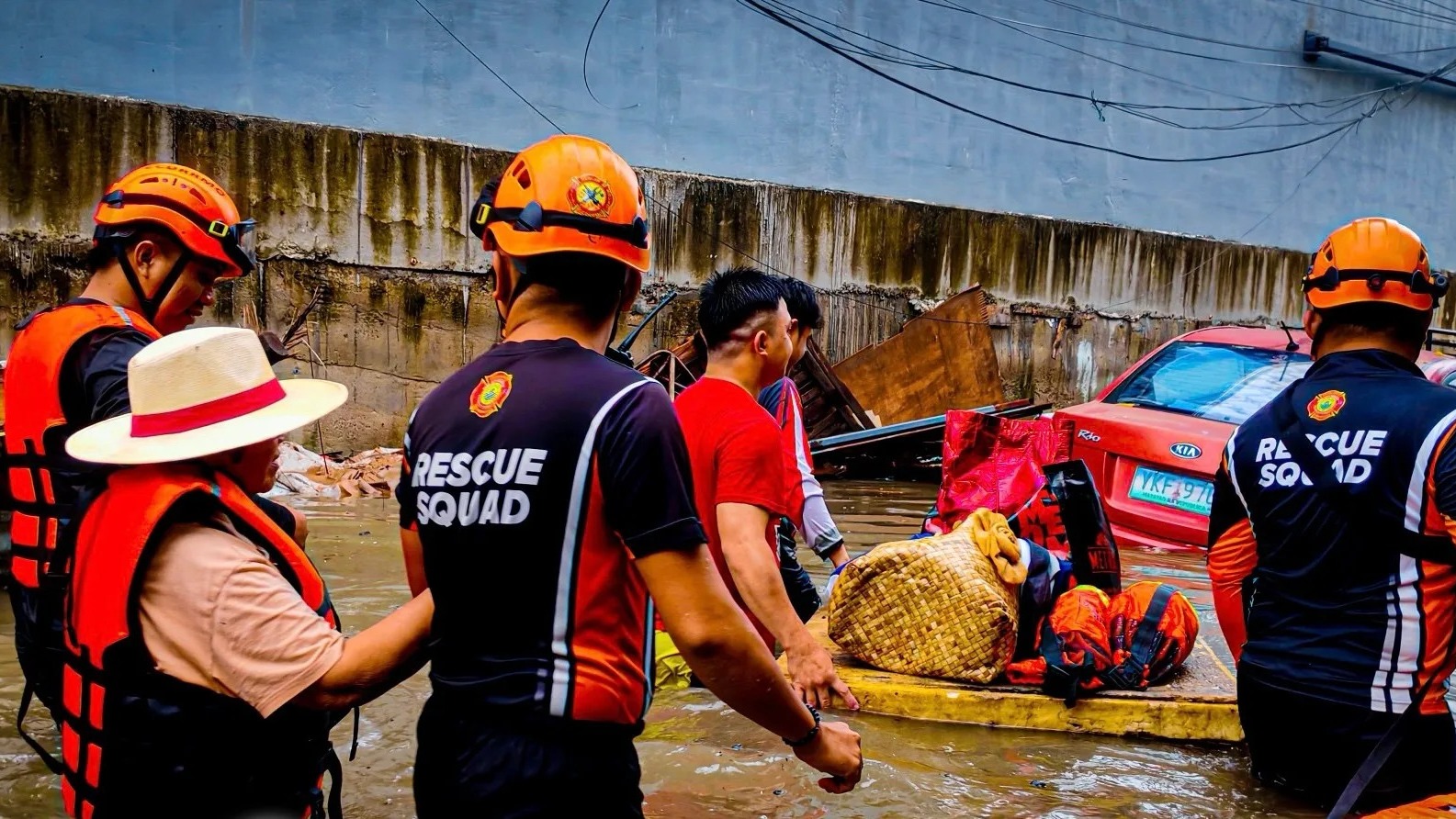Inside the Disaster Zone: The Urgent Need for Food, Water, and Medical Teams in Cut Off Philippines Villages
Written byTimes Magazine
A powerful offshore earthquake, initially reported at magnitude 6.9, struck the central Philippines late Tuesday evening, resulting in a rapidly rising death toll that has now exceeded sixty and prompting the declaration of a "state of calamity" across parts of the affected region. The shallow tremor, which struck near the northern tip of Cebu Island, caused widespread destruction to infrastructure, including collapsed homes, damaged public buildings, and disrupted essential services, leaving local authorities overwhelmed and struggling to reach cut off communities.
The epicenter of the earthquake was located near Bogo, a coastal city in Cebu province, and was caused by movement along a local, previously unmapped fault. The intense shaking, estimated to be of a destructive intensity in several towns, sent terrified residents rushing out of their homes. Initial casualty reports have tragically been confirmed across multiple towns on Cebu Island, including Bogo, San Remigio, and Medellin, where victims were killed by falling walls, collapsing ceilings, and a landslide that buried shanties in a mountain village. The severity of the damage has led officials to warn that the final number of fatalities and injuries will likely continue to climb as search and rescue operations progress through the debris.
The destruction has severely hampered initial response efforts. Widespread power outages have plunged affected areas into darkness, and the earthquake damaged water supply systems, leaving thousands of displaced residents in need of basic necessities like food and water. Roads and bridges have sustained major cracking, blocking access to heavily hit mountain villages and preventing the immediate arrival of heavy equipment necessary for clearing landslides and searching for trapped survivors. The declaration of a state of calamity in areas like Cebu Province and the towns of San Remigio and Tabuelan is a critical step, enabling local governments to quickly access emergency funds and implement protective measures such as price freezes on essential goods to aid in relief and rehabilitation.
This seismic event marks a compounding tragedy for the central Philippines, as the region was already reeling from a destructive tropical storm just days prior that had resulted in over two dozen deaths and forced mass evacuations. The country’s location along the Pacific "Ring of Fire" makes it prone to such disasters, and the sheer number of aftershocks following the main tremor keeps residents in a state of high alert. The immediate focus remains on life saving rescue operations, providing emergency medical aid to the injured, and restoring critical services as the scale of the damage becomes fully clear.


